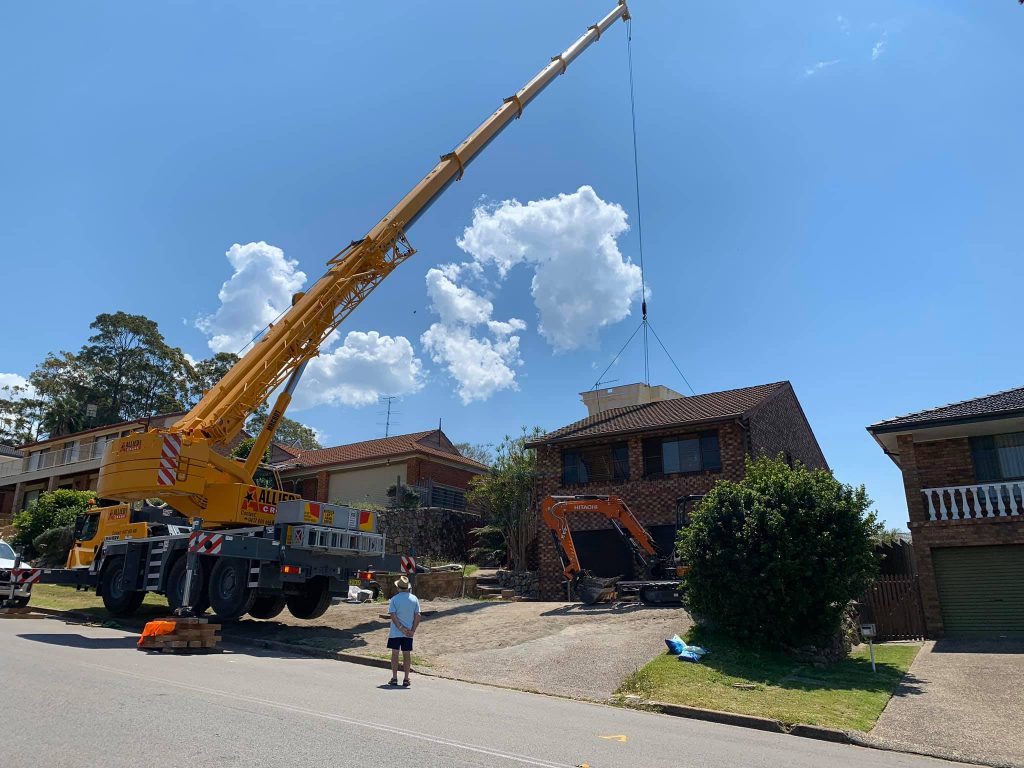Lift Planning: How Outrigger Load Calculations Prevent Crane Tip-Over
March 5, 2024
Learn how outrigger load calculations in lift planning prevent crane tip-over. With Allied Crane Hire’s help, ensure safety and stability. Call 0437 609 486.
Lift planning is one of the services that Allied Crane Hire can carry out to ensure proper crane operations. Cranes in general are maximised to lift heavy loads in construction and industrial settings. However, without proper planning and safety measures, it can lead to accidents, including crane tip-overs. Outrigger load calculations during lift planning, fortunately, can prevent such incidents and ensure the safety and stability of lifting operations.
Crane Stability: Notable Factors to Consider
Crane stability is essential to prevent accidents and ensure the safety of workers and equipment. When a crane lifts a load, it creates a dynamic load on the crane’s structure and outriggers. The stability of the crane depends on various factors. These factors include the weight and distribution of the load, the crane’s configuration, the ground conditions, and environmental factors such as wind and terrain.
Primary Role of Outrigger Load Calculations
Outriggers are extendable legs or arms that provide additional support and stability to cranes during lifting operations. Outrigger load calculations then determine the maximum load that each outrigger can safely support based on the crane’s configuration, load weight, and ground conditions. By distributing the load over a wider area and increasing the crane’s footprint, outriggers can prevent tip-over accidents and ensure safe lifting operations.
To ensure safe crane operations, outrigger load calculations must be done accurately. Underestimating the load on the outriggers or misjudging ground conditions can cause instability and crane tip-over, which results in property damage, injuries, and even fatalities. Crane operators can easily mitigate risks and ensure the safety of lifting operations by conducting thorough calculations, adhering to safety protocols, and working with professionals like us at Allied Crane Hire.
Outrigger Load Calculations: Considerations
When performing calculations for the outrigger load, the following things must be considered.
• Load Weight and Distribution: The weight and distribution of the load play a significant role in outrigger load calculations. The crane operator must accurately assess the weight of the load and its centre of gravity to determine the load’s impact on the outriggers and crane stability.
• Crane Configuration: The configuration of the crane, including the boom length, angle, and extension, affects its stability and the load distribution on the outriggers. Outrigger load calculations take into account the crane’s configuration to ensure safe lifting operations.
• Ground Conditions: Ground conditions, such as soil type, compaction, and slope, impact the stability of the crane and the effectiveness of the outriggers. Outrigger load calculations consider ground conditions to determine the maximum load capacity of the outriggers, which helps minimise the risk of tip-over accidents.
Outrigger load calculations, which Allied Crane Hire can conduct during lift planning, are essential for preventing crane tip-over accidents and ensuring the safety and stability of lifting operations. By accurately assessing load weights, crane configurations, and ground conditions, you and other crane operators can determine the maximum load capacity of outriggers and minimise the risk of instability. Proper lift planning, including outrigger load calculations, is important for safe and efficient crane operations in construction and industrial settings.
Optimized by: Netwizard SEO
